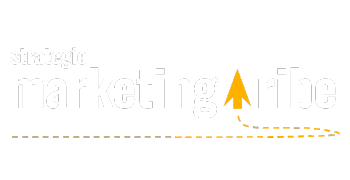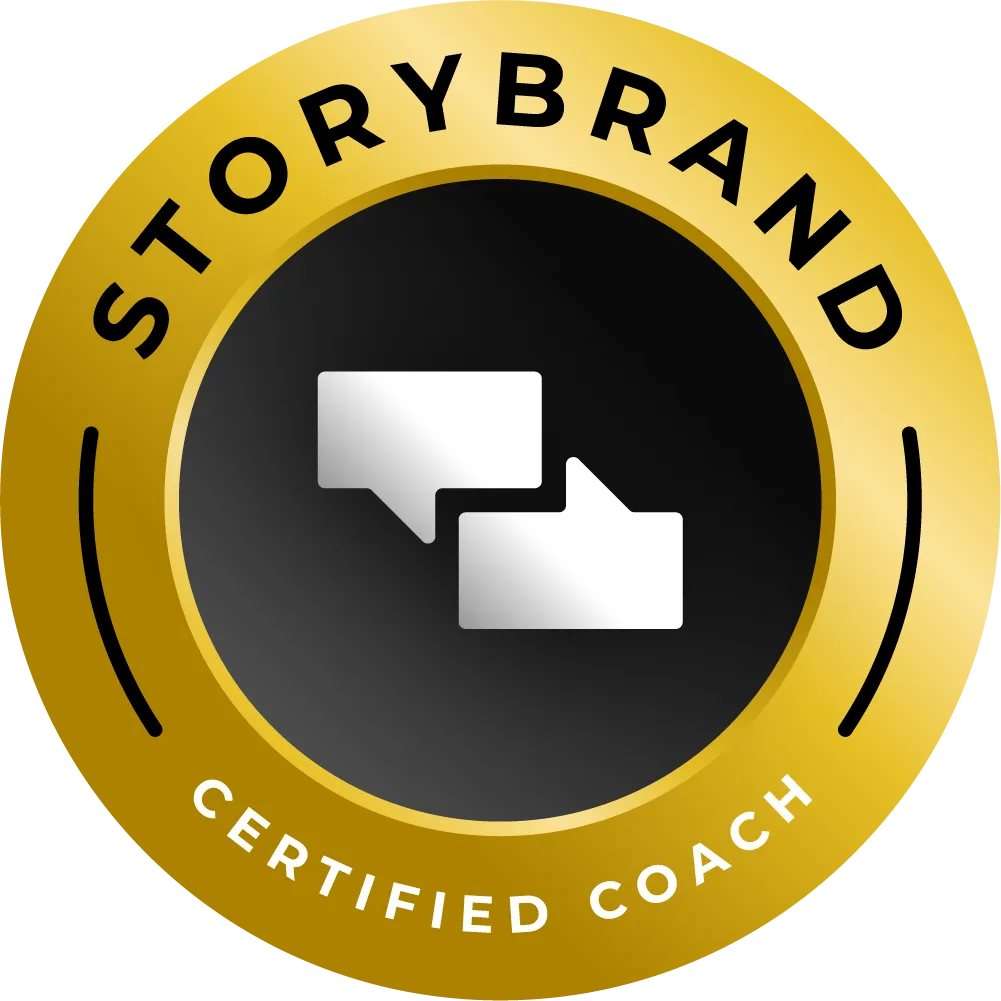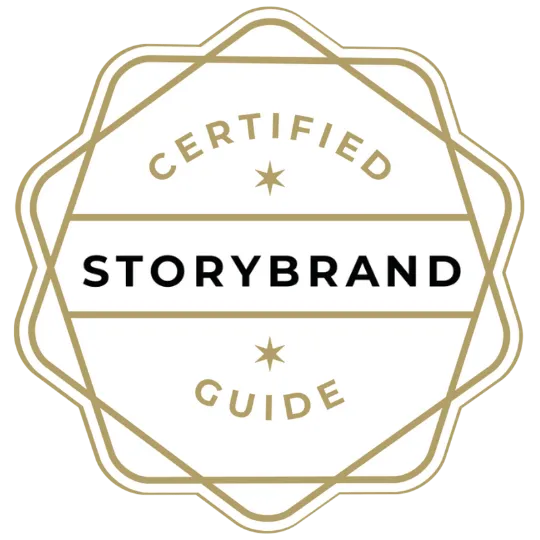NEWS, MEET STRATEGY
Real news, real insights – for small businesses who want to understand what’s happening and why it matters.

Visual Search Is Changing Marketing—Here’s What Small Businesses Should Do
By Vicky Sidler | Published 4 July 2025 at 12:00 GMT
If your ideal customer has eyes, your marketing strategy needs an update.
According to new data from Pinterest, 73% of people say the app’s visual search results beat traditional search. And over a third of users now start their searches on Pinterest—skipping Google entirely.
This isn’t just a Gen Z quirk. It’s a shift in how people want to find things—through images, not just words.
TL;DR
Visual search is replacing text for discovery. Here’s how to stay visible:
Add lifestyle photos to your product images
Keep your product listings and catalogues updated
Use tools that optimise for visual discovery (not just keywords)
The Problem with Traditional Search:
For decades, search has been about keywords: type in “blue sofa” and hope the algorithm connects the dots. But what if the user isn’t quite sure what they want? What if “blue sofa” actually means “coastal-chic velvet daybed with brass legs”?
That’s where visual search changes the game. It starts with a vibe and ends with a purchase—without needing a perfect phrase to begin with.
If your business is still clinging to a keyword-only strategy, you’re effectively waiting for your customers to say the exact right thing to find you. Most won’t.
Why This Matters for Small Business:
Unlike big brands, small businesses rely on being found by people who don’t know them yet. That’s where discovery tools—like Pinterest’s visual search—can bridge the gap.
Pinterest’s new features don’t just show products. They guide people toward options that suit their style, mood, or aesthetic—even if they started with a vague image.
It’s less like a search engine and more like a helpful shop assistant who says, “Ah, you like that vibe? Try this.”
And that’s a big deal for any brand that sells physical products, aesthetic services, or anything visual—from interior design to fashion to haircare.
What This Means for Your Marketing:
As a StoryBrand Guide and Duct Tape Marketing Strategist, I’ve seen this pattern before. When people are overwhelmed, they don’t want more information. They want clarity—and they want to feel like you get them.
Visual search does exactly that. But only if you’re set up for it.
Here’s what to do next:
1️⃣ Use more lifestyle imagery:
Stop uploading plain product shots on white backgrounds. Show your product in the real world—on real people or in real spaces. It helps visual search engines understand context and aesthetics. More importantly, it helps people see themselves using it.
2️⃣ Keep your catalogue and metadata current:
Pinterest relies on your product info—brand, price, colour, sizing—to match search results. This isn’t busywork. It’s how the algorithm decides if your product shows up at all.
3️⃣ Tag with intention:
You don’t need to be a Pinterest wizard. Just make sure your Pins include detailed descriptions, rich alt text, and clear titles. Visual search still uses text to confirm what it's looking at.
4️⃣ Think “searchability” over “vanity”:
That gorgeous shoot with soft focus and a latte in hand? Lovely. But if your product isn’t the hero in the image, Pinterest can’t recommend it. Beauty matters—but clarity wins.
What to Do If You're Feeling Overwhelmed
This doesn’t mean you need a full-time social media team or a rebrand. Start small:
Pick 3 products or services
Create one lifestyle photo for each
Upload them to Pinterest with clear metadata
Test. Tweak. Repeat. You’ll learn fast—and so will the algorithm.
Need Help Getting Clarity?
If your marketing still feels like a confusing mess of tactics, don’t worry—you’re not alone. Most businesses I work with struggle to explain what they do in plain English.
Start by fixing that. Grab my 5-Minute Marketing Fix—a simple tool that helps you write a clear one-liner. It’s the first step to being findable (visually or otherwise).
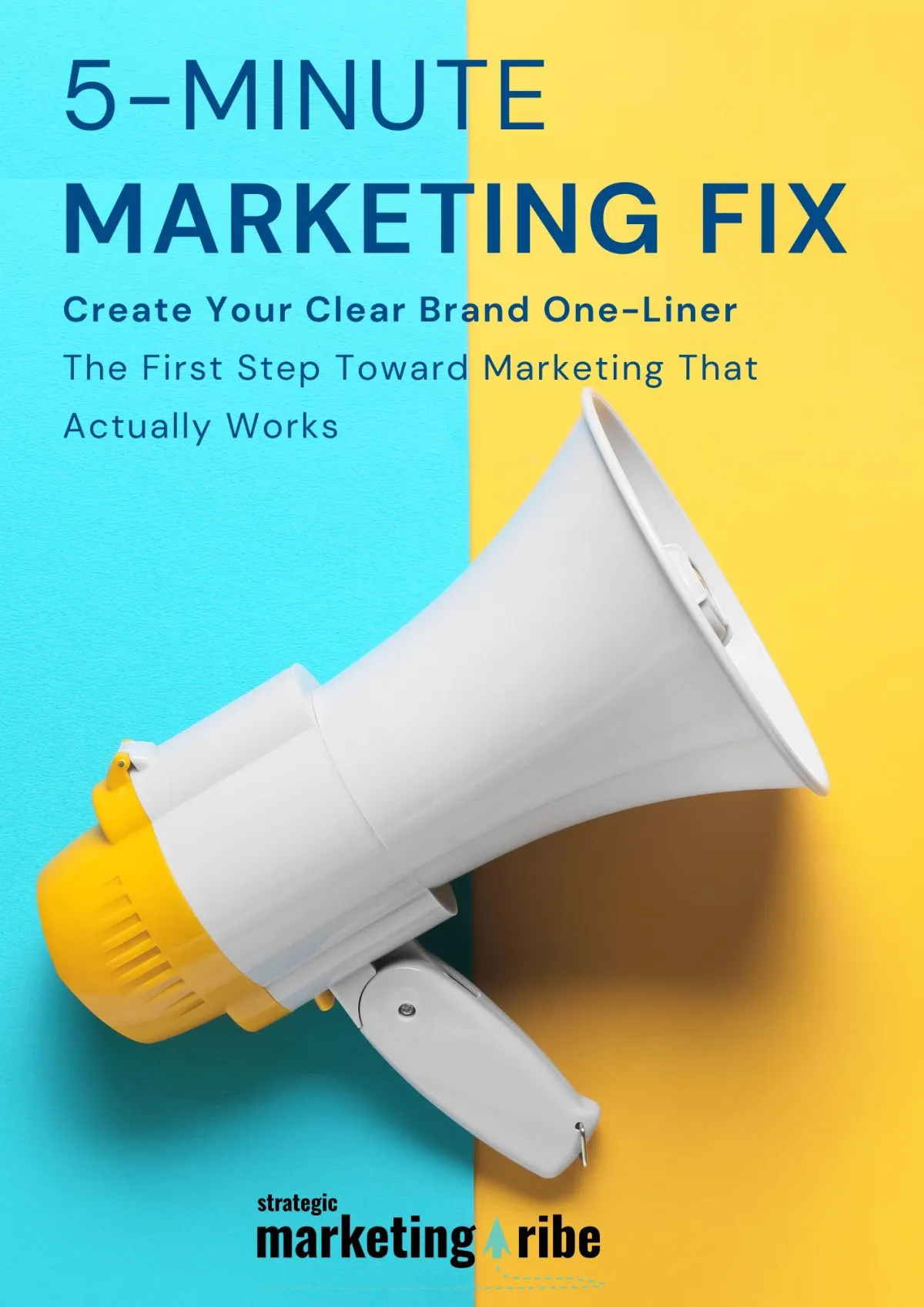
Created with clarity (and coffee)
